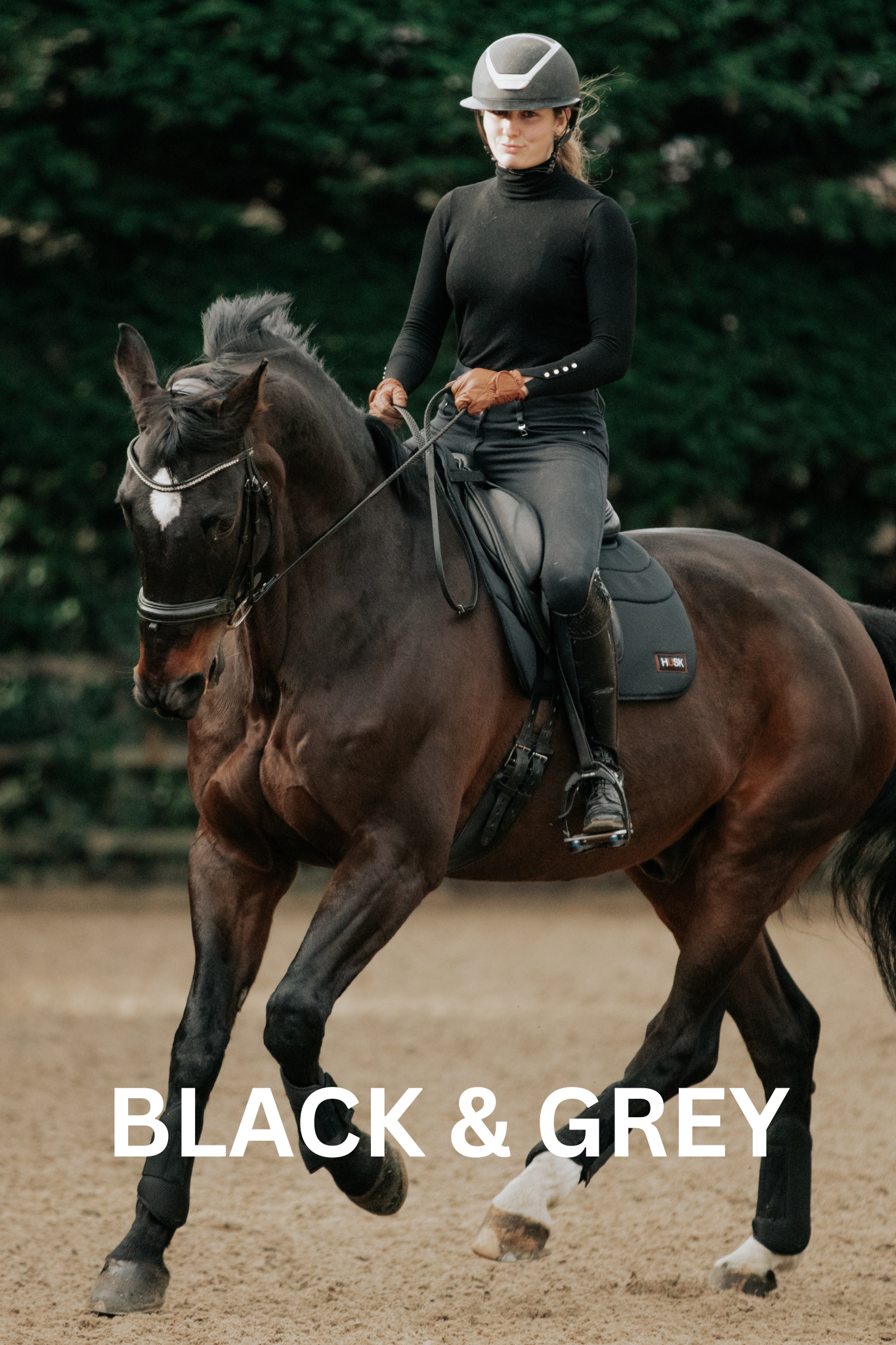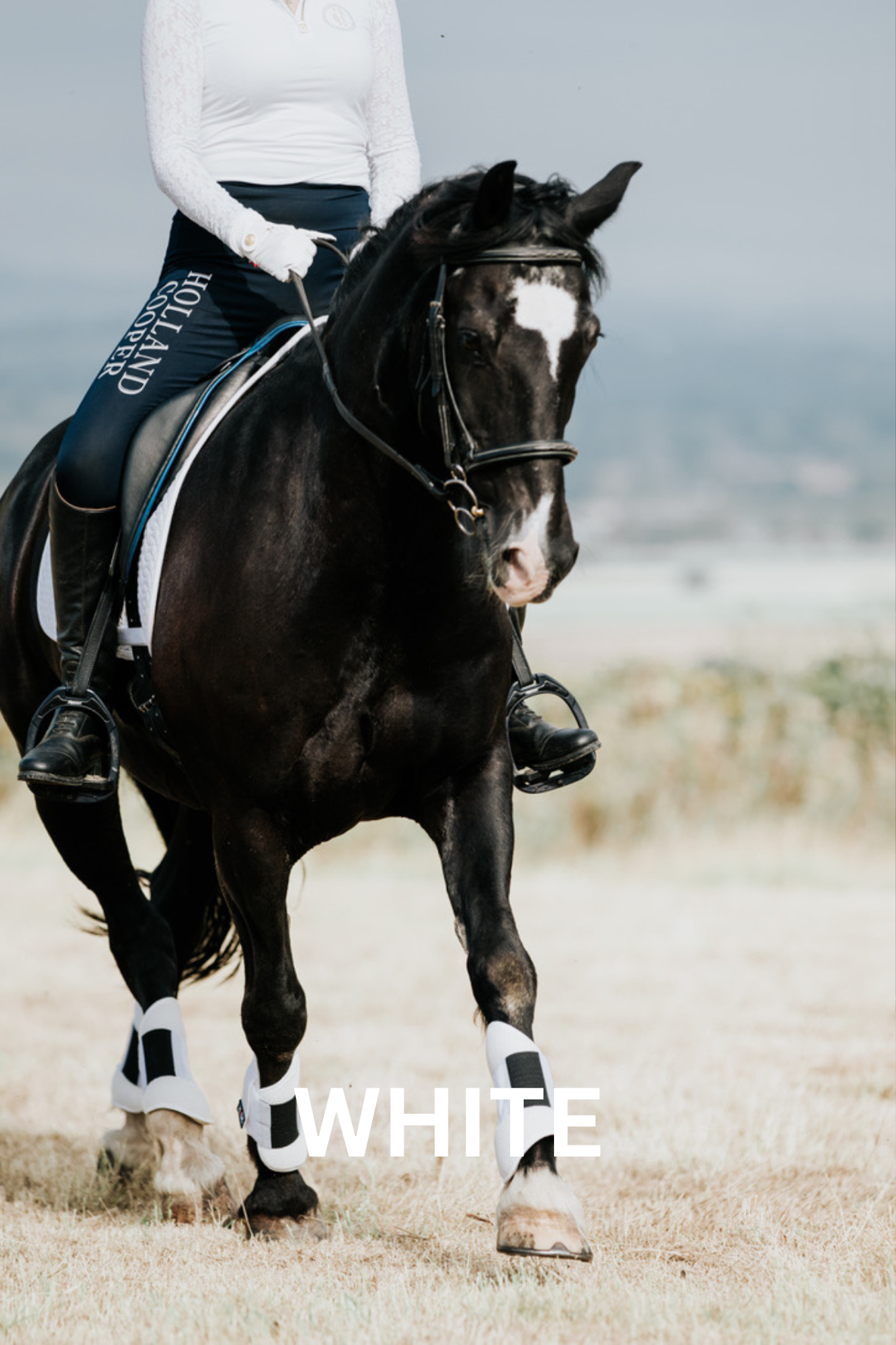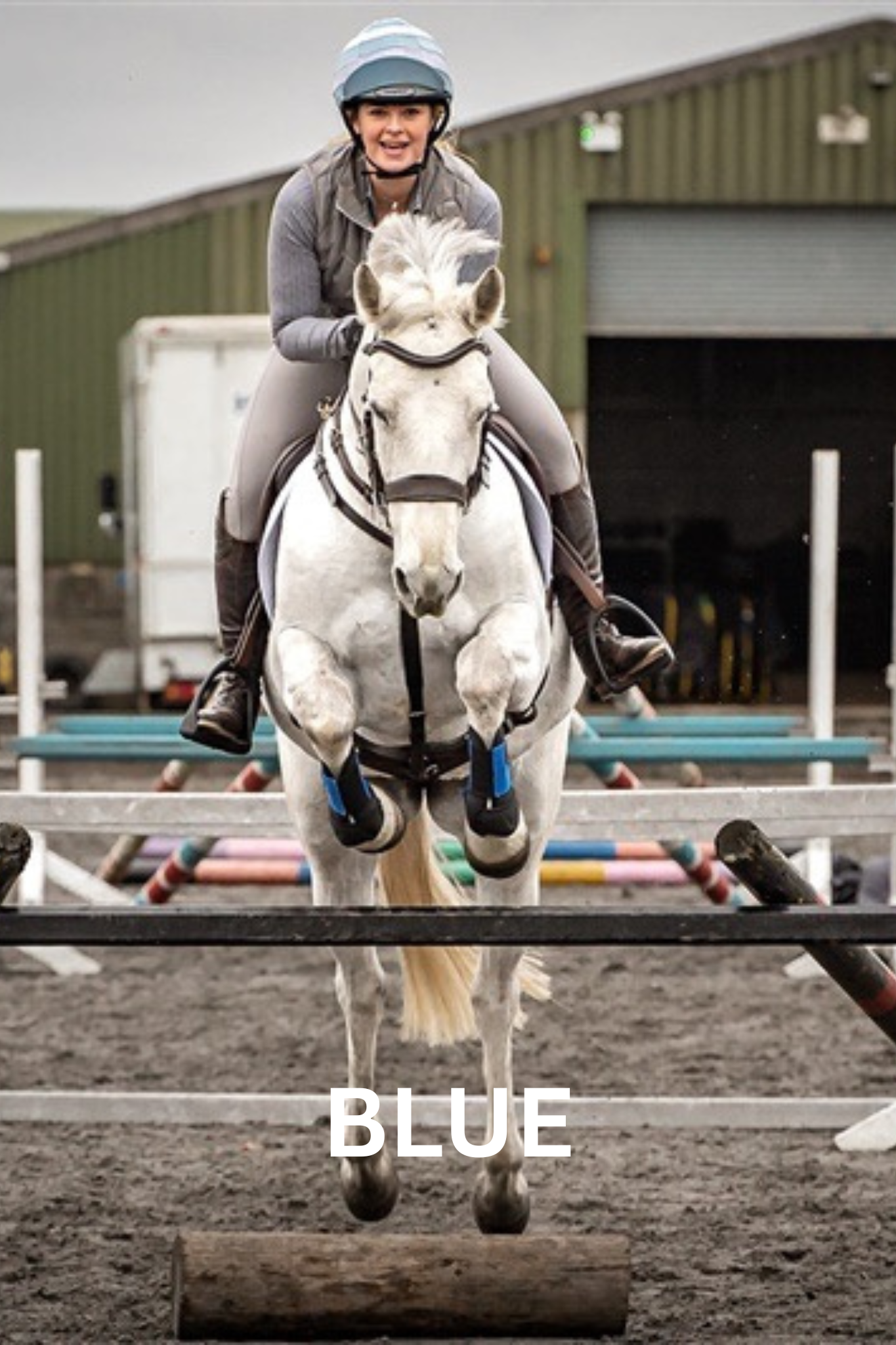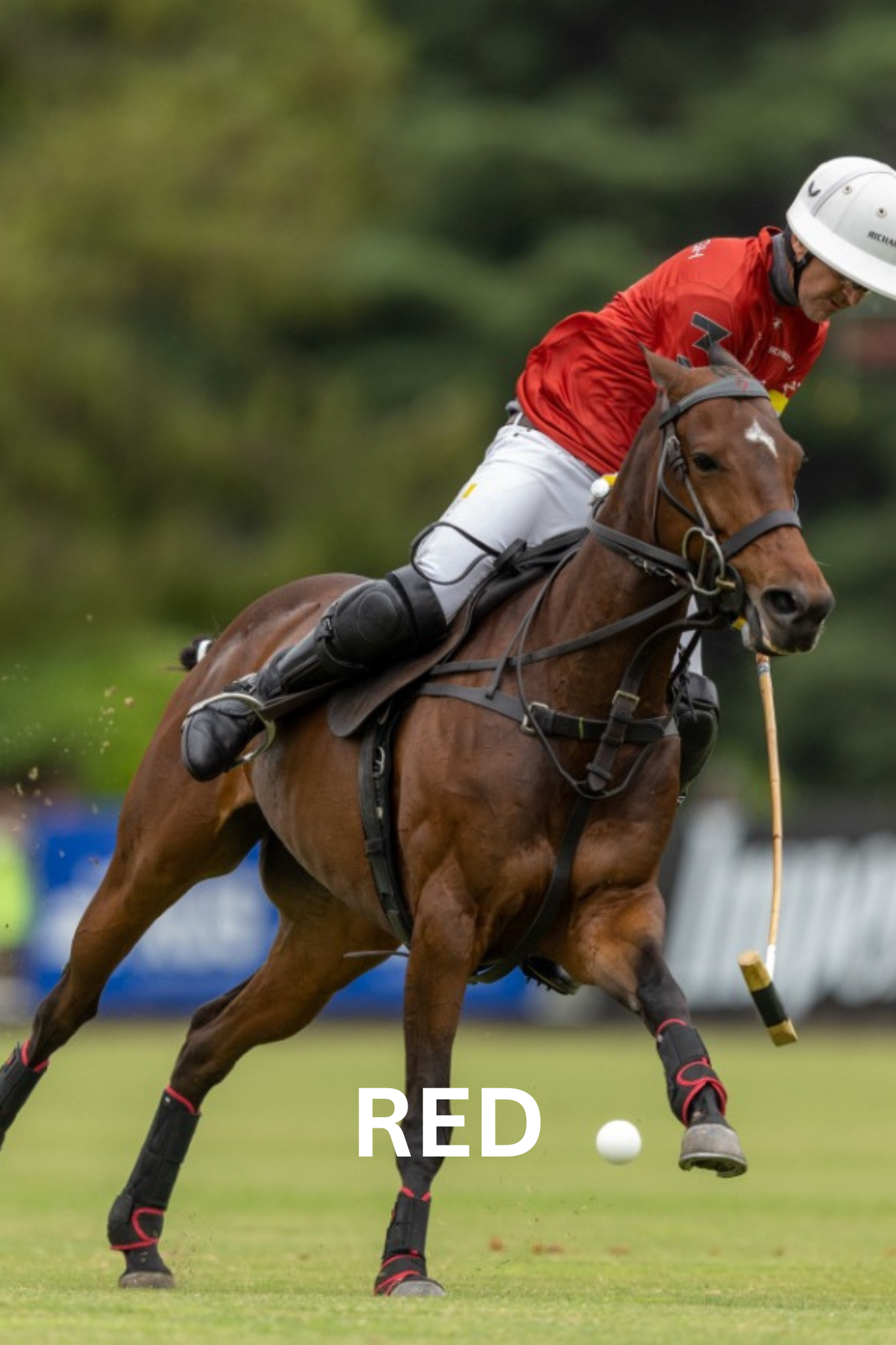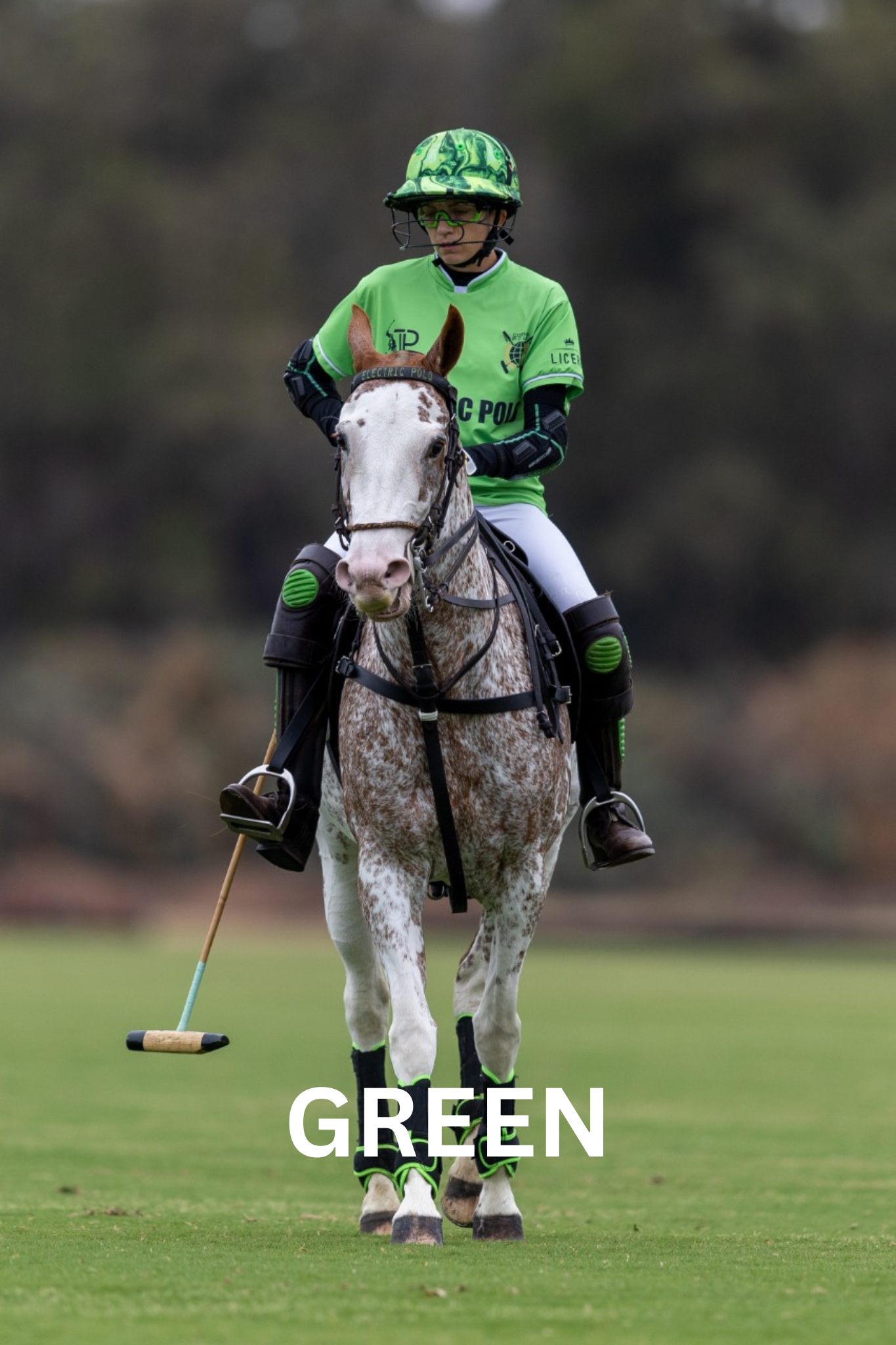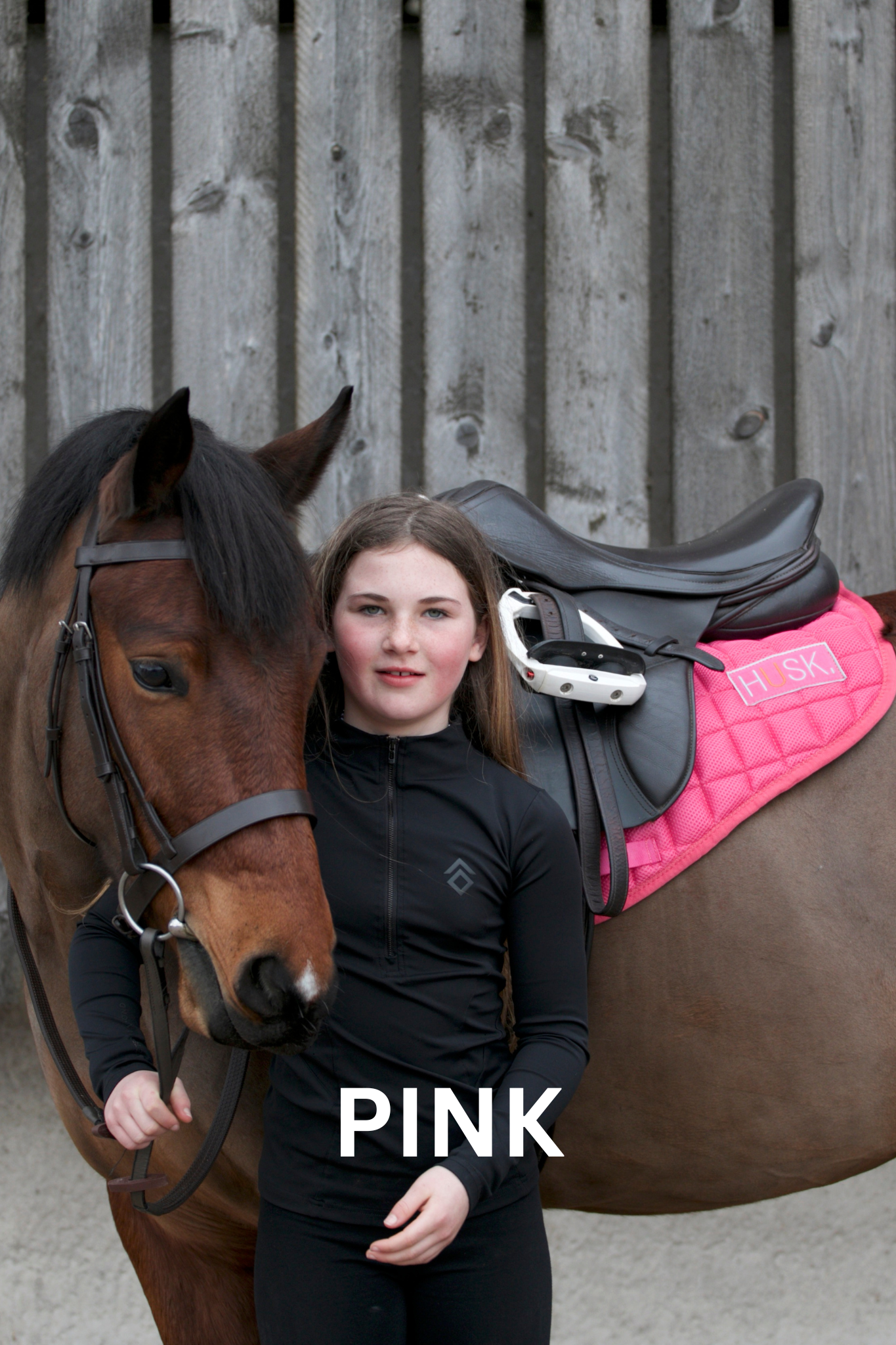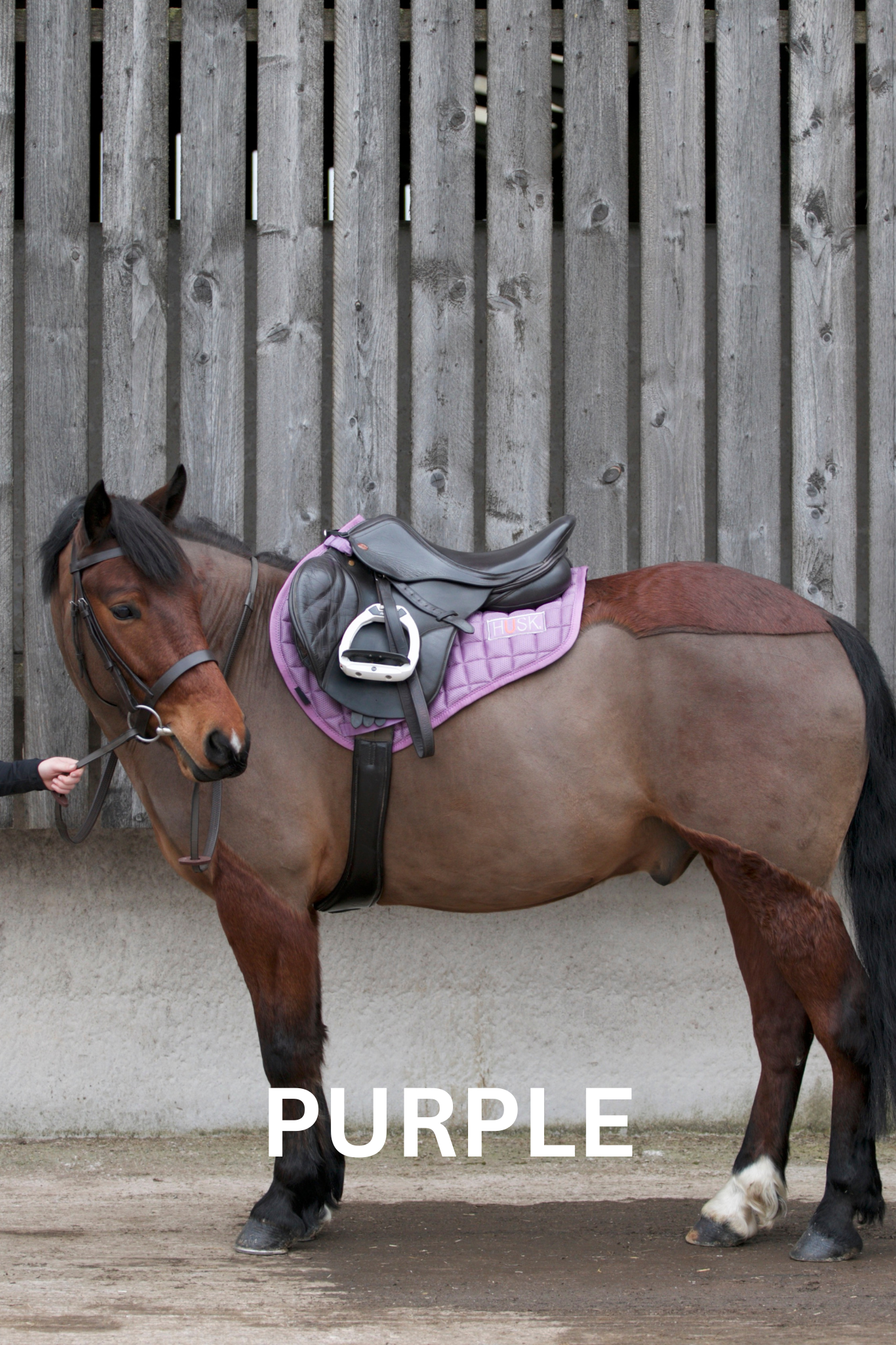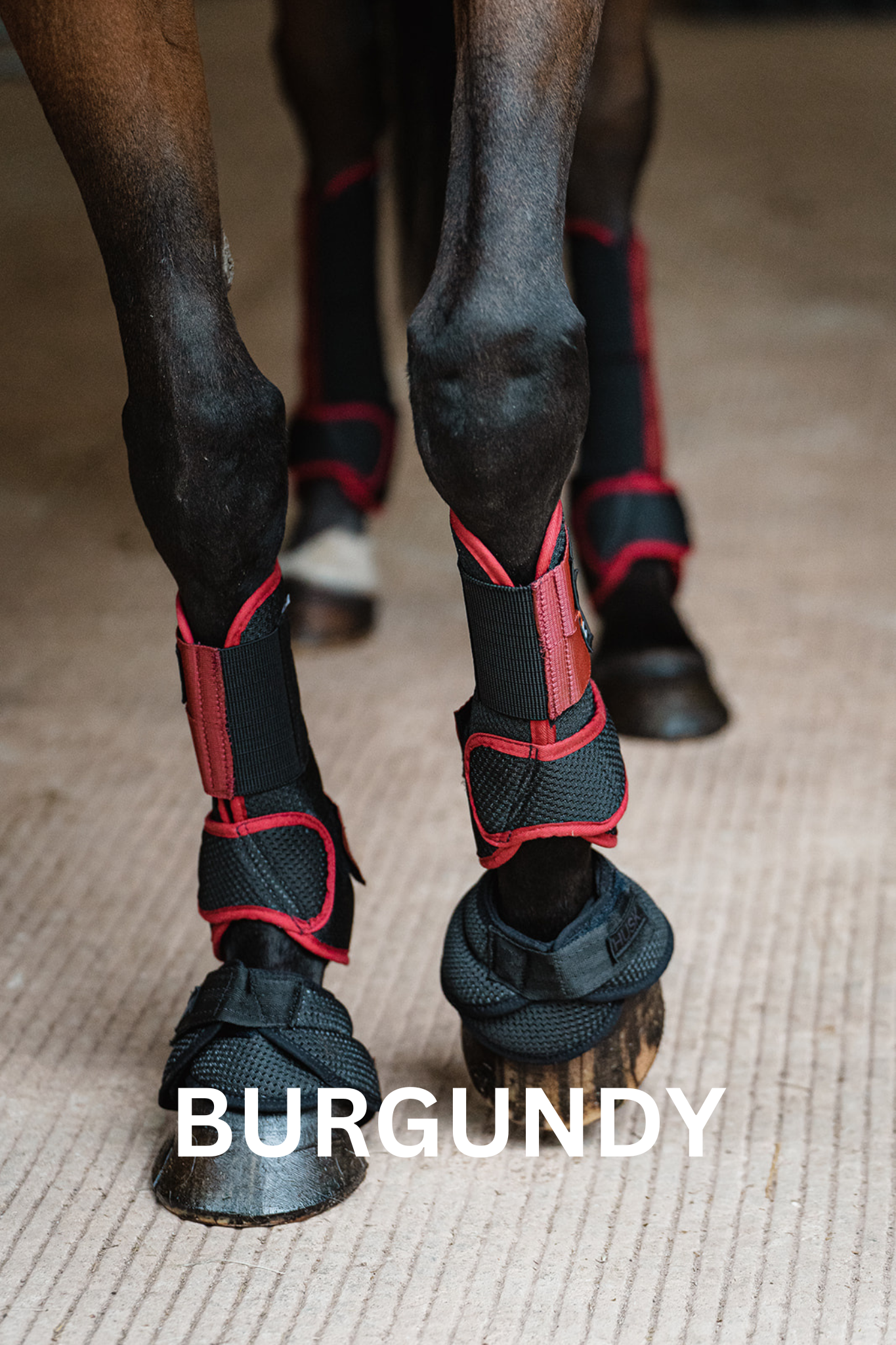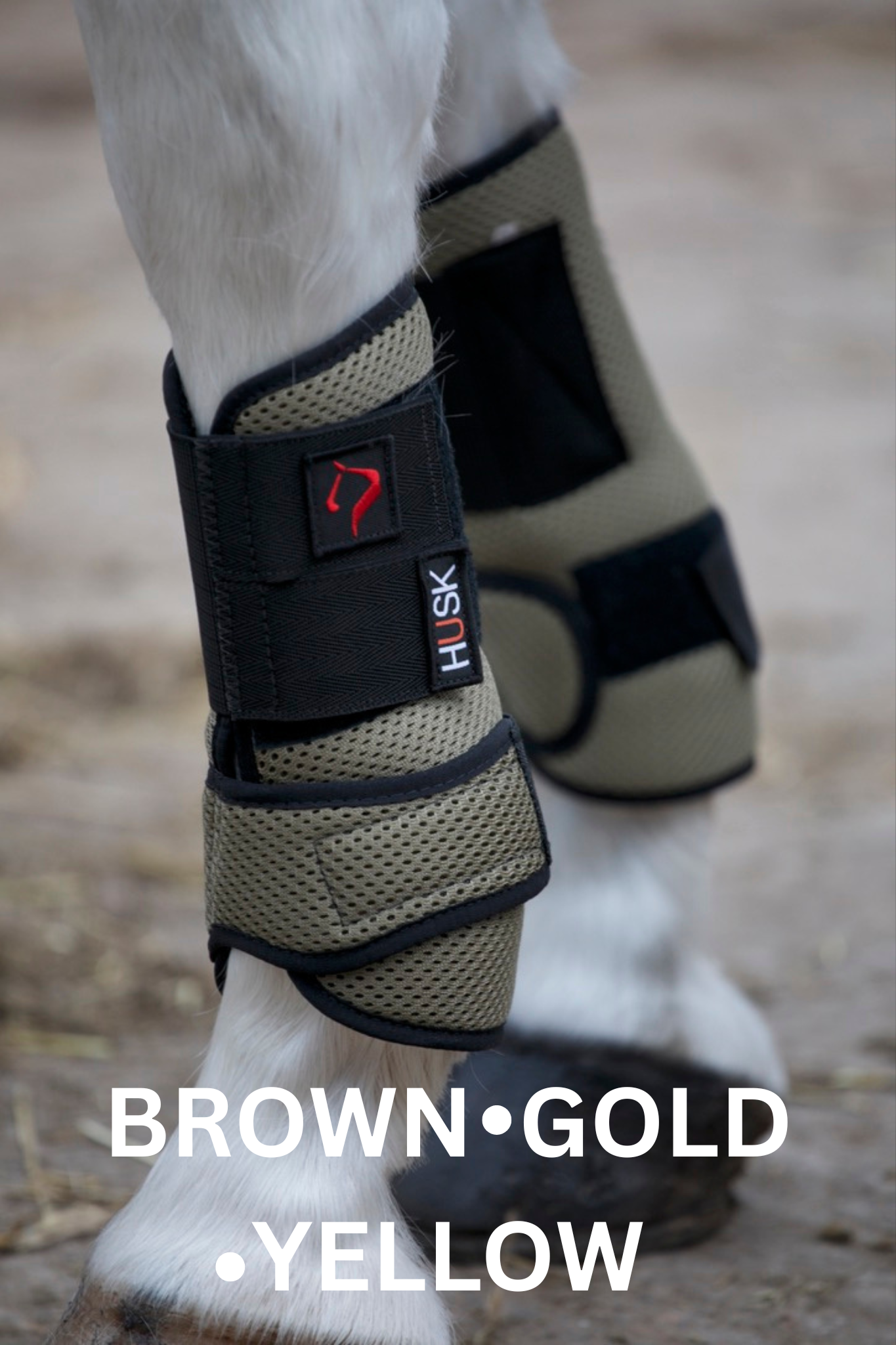HUSK Tested La Dolfina's Horses' Legs During Argentine Open!
28 October 2024
Yes! HUSK tested ALL of La Dolfina's horses during the Argentine Open alongside their vet to see how hot their legs got under polo wraps vs HUSK Boots. As most of you are aware, the topic of heating of tendons is becoming more and more recognised.
It has been proven in numerous work that once tendon temperatures reach over 40 degrees of heat, cells become damaged. Before we talk about our research, please be reassured on a number of facts:
1. Cells regenerate, so if cells die, new ones will form, so it is the amount of time that cells are subjected to this level of heat vs the rate of cell regeneration that is of importance. It is also the rate of extreme temperatures, so extreme heat to extreme cold, that causes most damage as we are asking the tissues to adapt faster than their natural rate.
2. Core tendon tissue can cope with greater temperatures than superficial, and skin. The closer to the surface the tissue, the more greater damage heat can do.
HUSK pride themselves in producing leg protection that is researched and specific to addressing the dangers of covering horses legs. Our research is ongoing, and as a result our products constantly evolving. However when you buy a HUSK breathable horse boot you know that tireless research has been piled into their production.
The Test
This test was carried out in Argentina on 20th November 2019, height of polo season. The ambient temperatures were between 39 and 44 degrees.
This test was carried out in Argentina on 20th November 2019, height of polo season. The ambient temperatures were between 39 and 44 degrees.
To note HUSK team prefer real life case studies as opposed to double blind placebo controlled trials.
The results are more true to life as tested on the vivo as opposed to in vitro. In terms of our sample size, we have a wealth of data that we publish on our site that continues time and time again to produce the same results, both independent to us and carried out by us. We welcome data all the time from others relating to the temperature management of our boots.
The Aim
The aim was to compare temperatures and temperature increase after warm up (approx 2min), one chukka (7mins of galloping), and cool down (approx 2min). We also compared these temperature increases, and final temperatures to horses in fleece polo wraps (no liners or tendon boots).
The aim was to compare temperatures and temperature increase after warm up (approx 2min), one chukka (7mins of galloping), and cool down (approx 2min). We also compared these temperature increases, and final temperatures to horses in fleece polo wraps (no liners or tendon boots).
The equipment used was a Flir thermal imaging gun.
We tested the horses in the first chukka, so they had not been standing around for too long to increase temperatures further.
The Results
Bandaged horse 1:
Starting temperature
Front right leg: 32.2 degrees Front left leg: 31.8 degrees
After exercise:
Front right leg: 37.2 degrees
Front left leg: 38.1 degrees
Temperature increase between 5-6.3 degrees in 7 min with bandages
HUSK Booted Horse 2:
Starting temperature:
Front right leg: 31.7 degrees
Front left leg: 31.3 degrees
After exercise:
Front right leg: 33.2 degrees
Front left leg: 33.6 degrees
Temperature increase between 1.5 and 2.3 degrees
Other observations:
Temperature taken of bandaged leg after exercise whilst on leg was 32.7 degrees, and when removing the bandage was 37.2 degrees showing that the bandage itself was insulating itself, holding 4.5 degrees worth of heat around the leg.
HUSK breathable horse boot temperature was taken immediately after the exercise and boot was 28.9 degrees, suggesting that the boot was not insulating the leg, as leg temperature was 33.6 degrees, higher than the boot temperature itself.
This demonstrates the concept of Thermoregulation, where the circulating air around the leg meets the heat radiating from the leg itself, an average temperature between the two is created as a balance. This ensures that the rise in temperature needed to loosen up the tissues is natural and gradual, but reaches a plateau so not to over heat.
Conclusion:
It is quite clear in this modest case study that HUSK breathable horse boots keep legs cooler than polo wraps in extreme temperatures, and results can clearly be seen in such short periods of time. For health reasons of the horses we did not wish to carry the test out for any longer a period of time, as we could see a dramatic comparison in 7 min, so we would predict that the temperatures would rise to an even more extreme amount as time went on.
It was clear also that the polo wraps were holding the heat against the leg of the horse, and the HUSK boot was not. The theory behind this is that the HUSK breathable horse boot not only allows air to move vertically from the hot leg to the atmosphere, the unique layering of 3D material allows air to flow constantly between the layers and around the leg, keeping the temperatures down.
Therefore it is important to consider leg protection for the long term health of your horse beyond simply impact protection. In the case of HUSK breathable horse boots, please see our Axe Test on our Blog page to see he protective qualities of the boots vs competitors
If you want to look at HUSK's range of Breathable Horse Boots please click on the link below: https://www.thehusk.co.uk/air-boots
The post HUSK Real Life Case Studies on Heating of Tendons La Dolfina
appeared first on TheHUSK.





